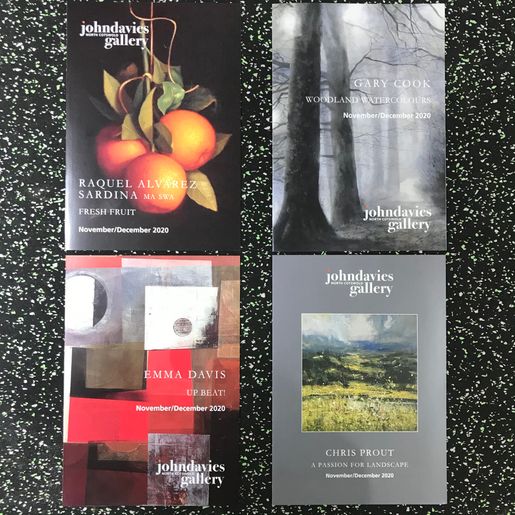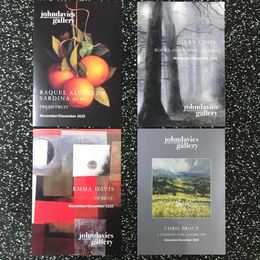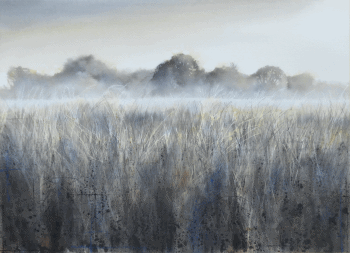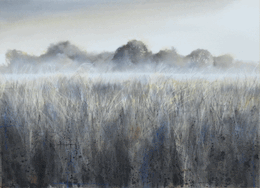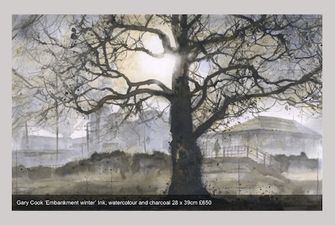
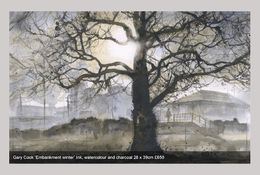
The Arborealists Being with Trees exhibition at Bermondsey Project Space is sadly on hold for the moment. Until we're all released, lots of the lovely work can been seen here
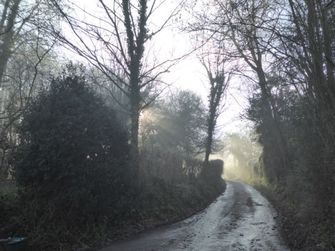
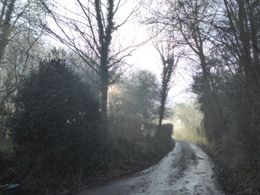
I'm getting soft in my old age. Too chilly to be watercolouring outdoors for me, but I've been wandering the fields and lanes with the camera on these misty mornings getting ammunition in


In 2006 while working in @sundaytimesgraphics at The Sunday Times @thetimes I produced four posters for @thestmagazine all about the climate emergency we were creating. The award winning journalist Richard Girling researched and wrote all the captions from information provided by @metoffice The great Art Director @stephenreiddesign worked his magic too. This diagram was one of a long line of environmental stories and graphics the newspaper published over thirty years warning about the damage we were doing to the planet. Unfortunately, during all that time very few of our politicians were prepared to "follow the science" and now we are, sadly, where we are. Working in The Sunday Times newsroom gave me the massive privilege of seeing reports and research into how we were damaging the environment which spurred me on to try and incorporate some of that information into my work as a painter today. This is why details and science about ecology and climate always feature somewhere in my paintings.
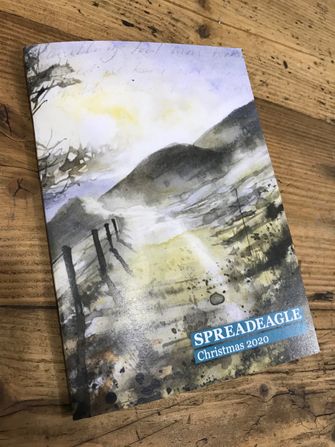
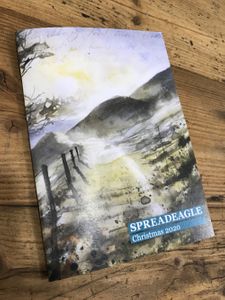
Many thanks to The Spreadeagle Magazine for using one of my paintings on the cover and for including an article about paintings and trees. Here's my rant, sorry, article on tree planting:
I’m sure people with proper jobs must think ‘What do artists do all day?’. It’s a fair question. Apart from sharpening pencils and contemplating cleaning brushes, I do spend a lot of time drinking tea whilst allegedly ‘pondering’ a painting on which I am meant to be working.
When I’m out in the woods around Melbury sketching, many of the hours are taken up with simply looking. Because the truth is this apparently humble everyday activity is actually the most important part of the process. In our busy lives, I think we all have a tendency to skim the surface and don’t allow ourselves the luxury of time to notice small details around us. Drawing and painting provide me with the legitimate excuse to slow down and observe.
Noticing the different intricacies of tree shapes is lovely in so many ways. Recognising different branch formations or lichens growing on gnarled bark makes me feel very connected to familiar woodlands. The downside is that I am unable to ignore a very inconvenient truth: our trees are in trouble. I used to work for The Sunday Times and remember nearly ten years ago drawing diagrams explaining how ash dieback disease had found its way into this country. Our perfect pocket of Dorset held out for years without showing signs of the fungus but this summer I was able to see its withering effect on our ash trees.
Sadly, experts predict that we will lose 90% of the UK's 70m ash to this airborne enemy. The impact of the fungus becomes more evident on a tree each season: leaves brown off, wilt and gradually the crown of the tree thins out. It’s a slow motion death. Distressing enough to witness, but it’s not just about the trees. There are up to 1,058 different species, from birds to beetles, fungi to lichen dependent in some way on ash. What will happen to all of those interconnected species?
Apart from making Melbury and Cann look so idyllic and their importance as a wildlife habitat, trees play a vital environmental role. When the trees ‘breathe’ they capture detrimental man-made greenhouse gases. This makes planting a sapling to replace each affected tree a cheap and simple no-brainer part of the solution to this international crisis. We in the UK can hardly complain about worldwide deforestation when we do little to save our ancient woodlands or plant enough trees. It’s part of a shocking statistic that only 10% of England is covered by woodland, compared with a European average of 37%. To counter ash dieback and guard against climate change we must increase tree cover by 9% to reach the Government's net-zero target. This means creating the equivalent to 30,000 football pitches of new woodlands in England every year from now until 2025.
As part of this ambitious initiative, Shaftesbury Tree Group is pioneering a five-year tree planting scheme up in the big town, where its members hope to dig deep to establish a network of more than 1,000 trees and hedgerow saplings. The Woodland Trust and its Big Climate Fightback campaign is another ray of hope on the horizon. It aims to plant 50 million trees over the next five years too. While support for planting trees is important, allowing trees to regenerate naturally is vital too. This will help to expand our native woods and forests quickly and research shows that those trees that grow naturally are best suited to survive. The Woodland Trust says, “Government must provide funding for both tree planting and natural regeneration of woodlands. Farmers and landowners should be supported to identify suitable sites and dedicate space for natural regeneration, as well as tree planting.”
We Spreadeagle readers can do our bit too. Do you have room in your garden for a tree or two? Landowners, could you leave some areas to regenerate naturally? Imagine the cutter fuel you’d save by allowing a corner of a field to sprout some free saplings. We’d also be pulling our weight for the nation. After all, the tourists on Gold Hill are oohing and aahing at us, well more specifically our gardens. We’re the backdrop to the hill’s Instagrammable thatched cottages after all. Surely it’s our duty to ensure the continuation of that soft focus patchwork of newly planted trees and hedges?
Sign the Big Climate Fightback campaign at
woodlandtrust.org.uk
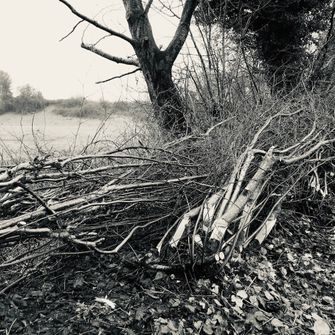
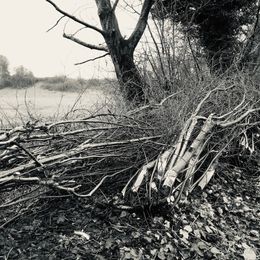
I have layed the hedges around our orchard when they have grown tall enough for ages, which is roughly every ten to fifteen years. That's supposed to be the optimum time to allow the stems to grow and strengthen and enough time for the hedge to thicken out and provide lots of wildlife-friendly branches, food and habitat. I've read Peter Wohlleben's book The Hidden Life of Trees and more recently Richard Powers' The Overstory, closely followed by Robin Walter's Living With Trees. Each clearly explain how trees and plants communicate with each other. All now scientifically proven in this amazing modern age. When under an insect attack they are able to warn their neighbours. Or, for instance, they can provide food for struggling relatives. OK, they're not nattering away with anything we can hear, but they're communicating on some level.
Laying these hedges means I'm taking a billhook and saw to innocent saplings and small trees. I mean, that's got to hurt hasn't it? I now have the dilemma of questioning if I'm just trying to keep the hedges tidy: a shocking human trait. Or am I rejuvenating the plants and providing local wildlife with a good home? Answers on a postcard please……
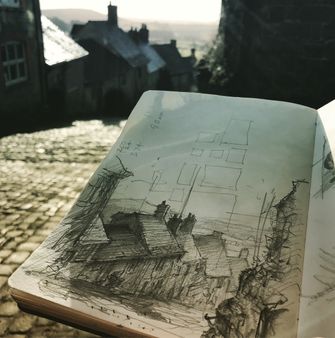
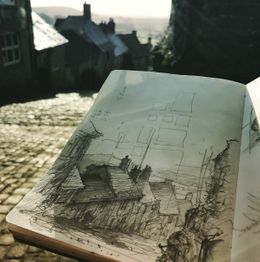
This is Gold Hill where I frequently sit with a cup of coffee pretending I'm mulling over work. You wouldn't believe the amount of times your hear Dvorak being hummed
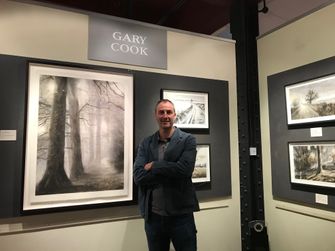
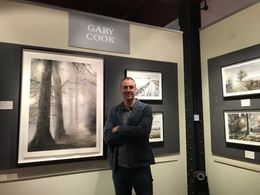
Many thanks to the John Davies Gallery for putting my name in lights. Well, light grey. The exhibition in Moreton-in-Marsh is open Wednesday to Saturday until the 19th December
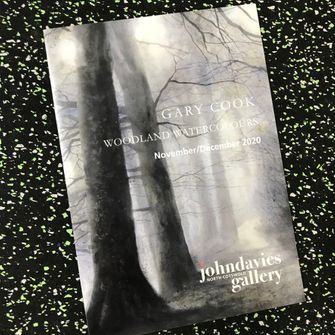
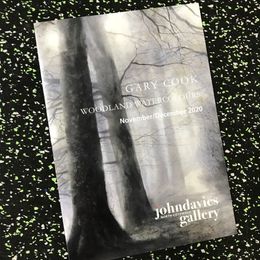
There are some things that are just very pleasurable to have. I think that holding and playing an LP is a much more inclusive experience than streaming a tune. There's more to music than just listening. A beautifully produced brochure is the same sort of thing. I know you can see the images online or in an email, but it's hard to beat the enjoyment of leafing through a thoughtfully made catalogue made by The John Davies Gallery . They have generously invested in we four artists about to show our work from December 5 - 19 in Moreton-in-Marsh. Let me know if you'd like to handle a brochure for yourself
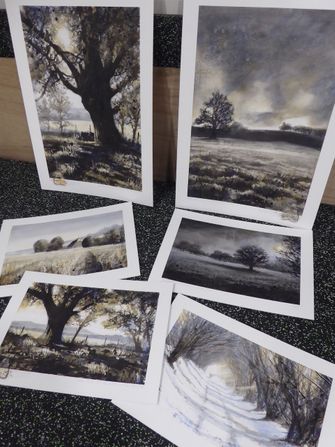
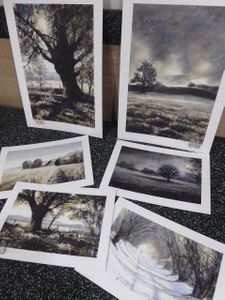
Phew……it's always a good feeling when you've concentrated for a while and ended up producing a few pieces. Framing next
A little selection of works on show as part of the exhibition Four contrasting artists for Christmas at the lovely John Davies Gallery Moreton-in-Marsh, Gloucestershire. Available online only for the moment. There will be a Private View on Saturday December 5……unless there are tiers
